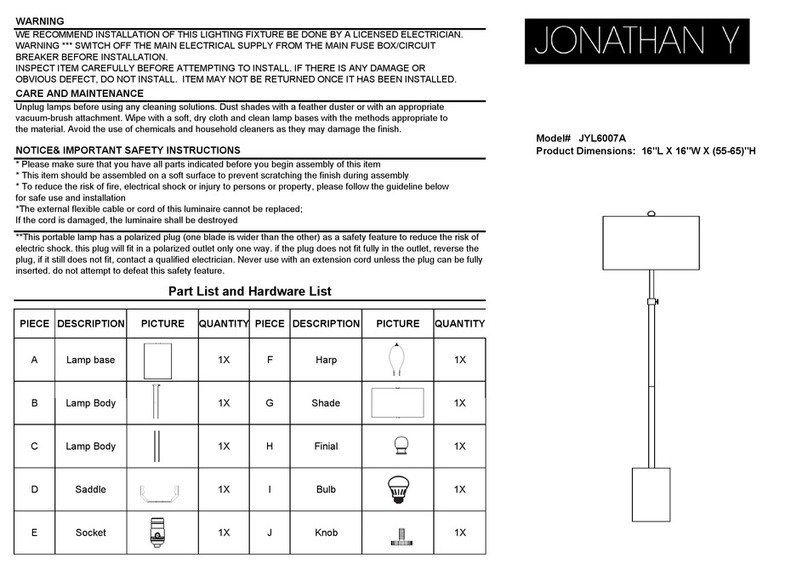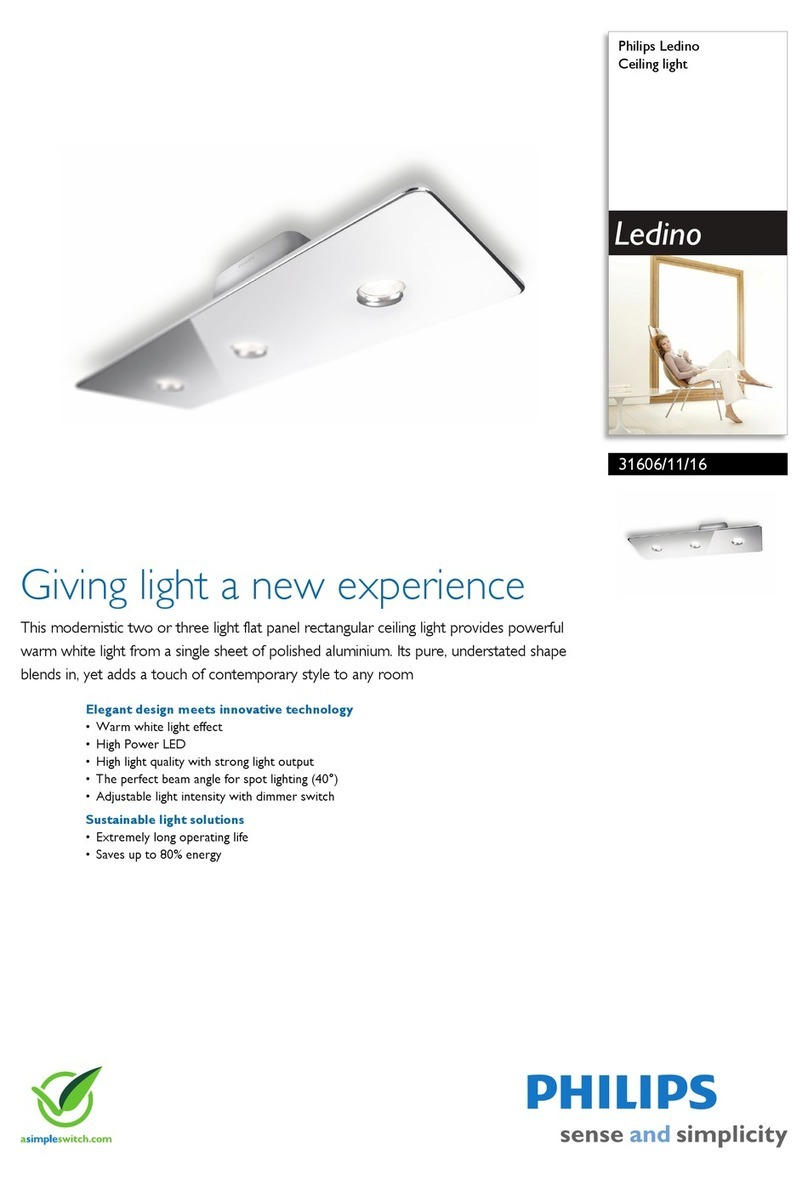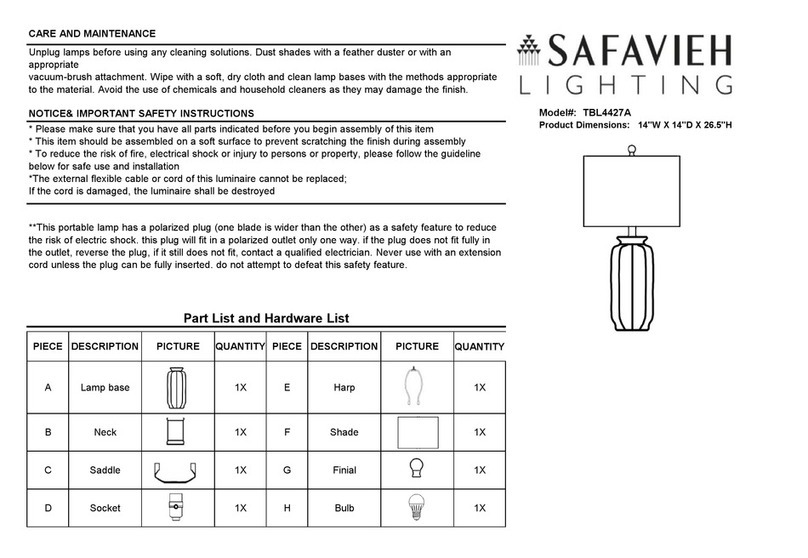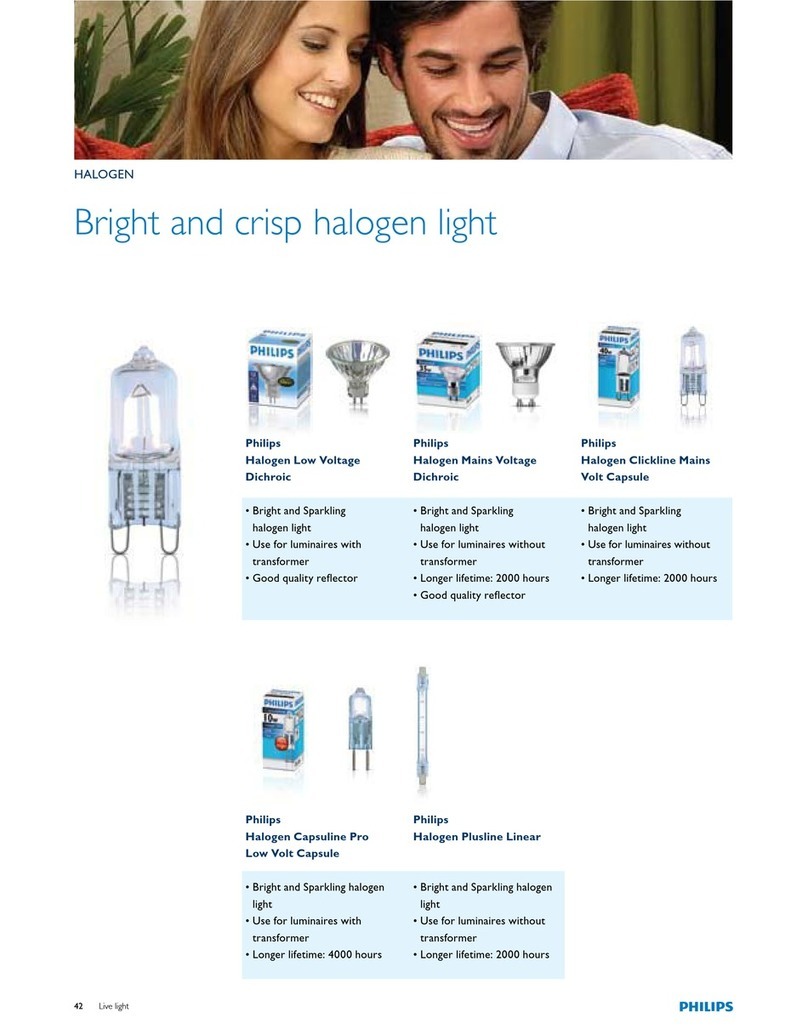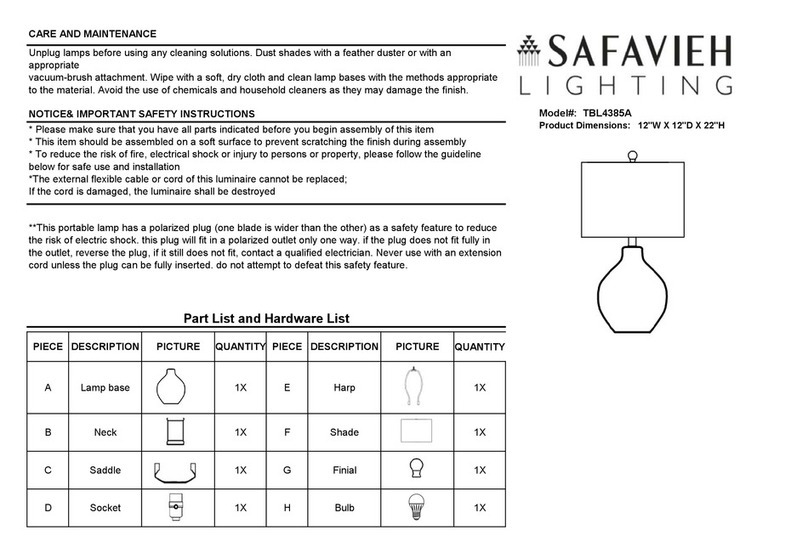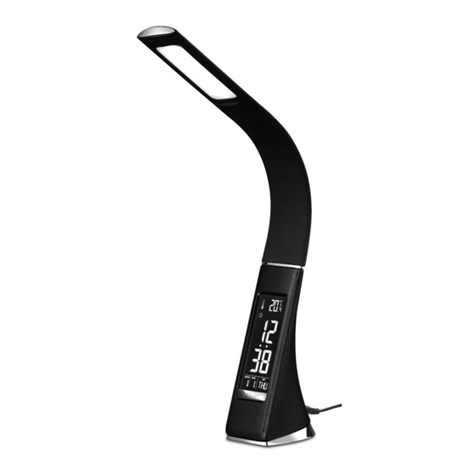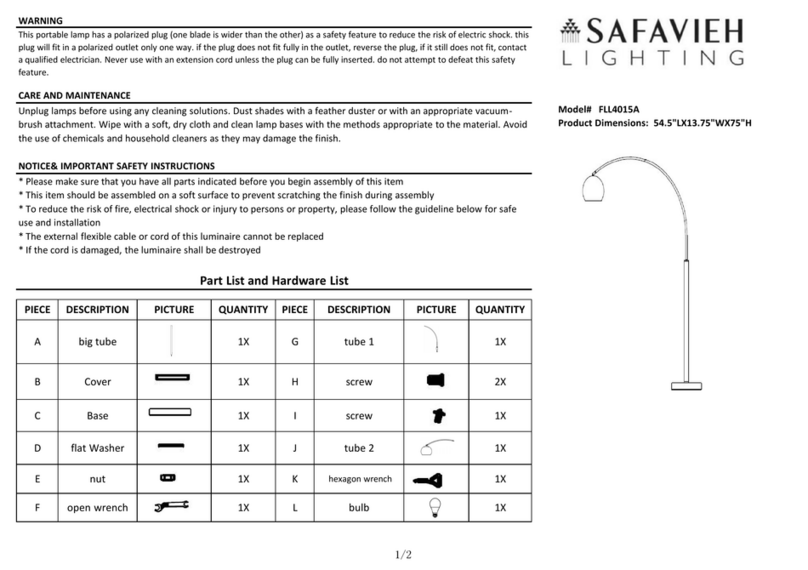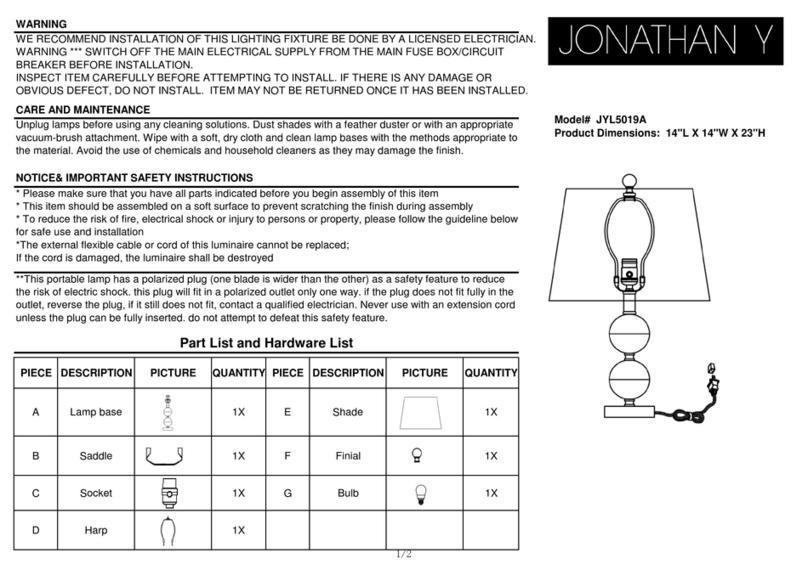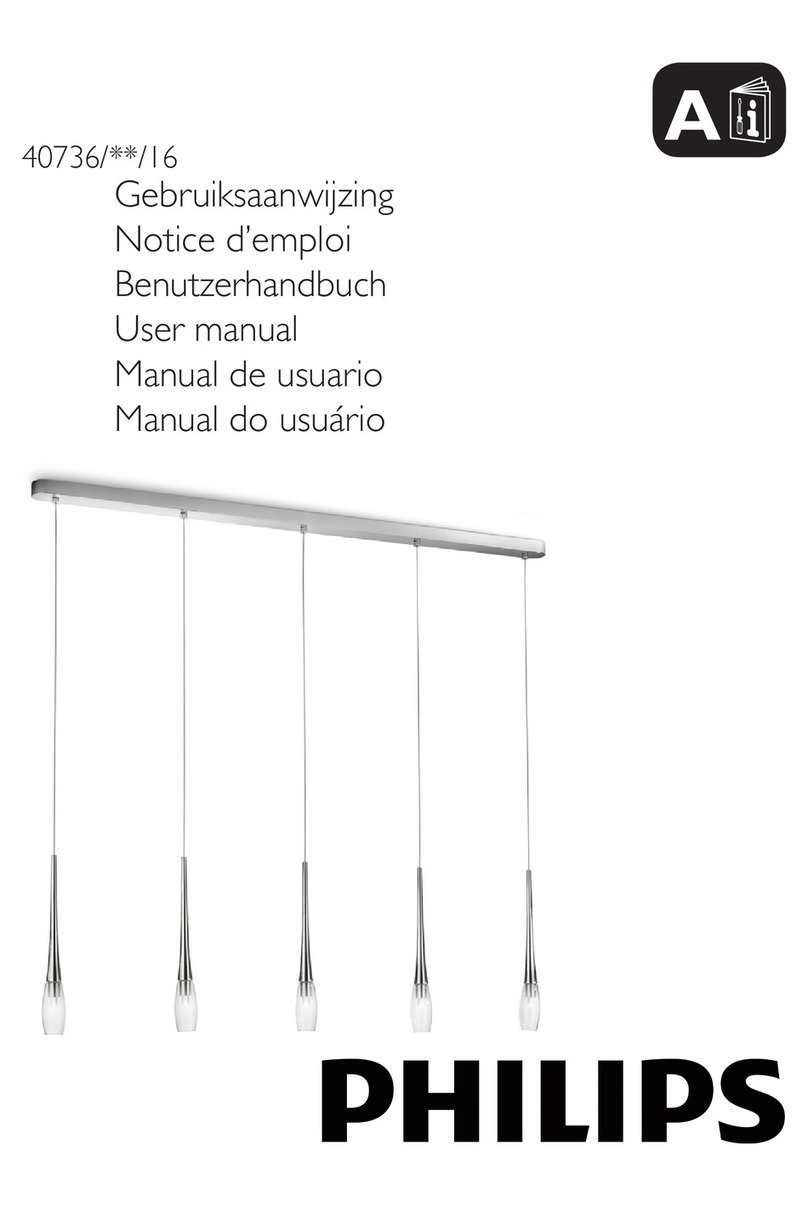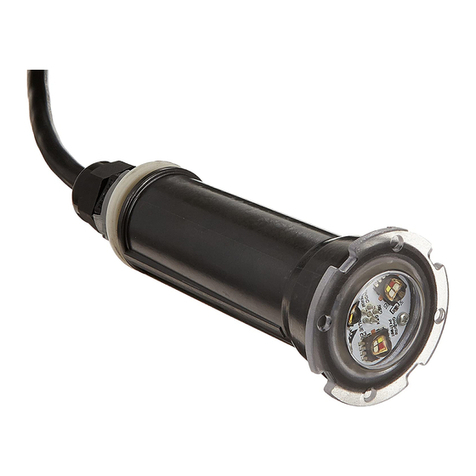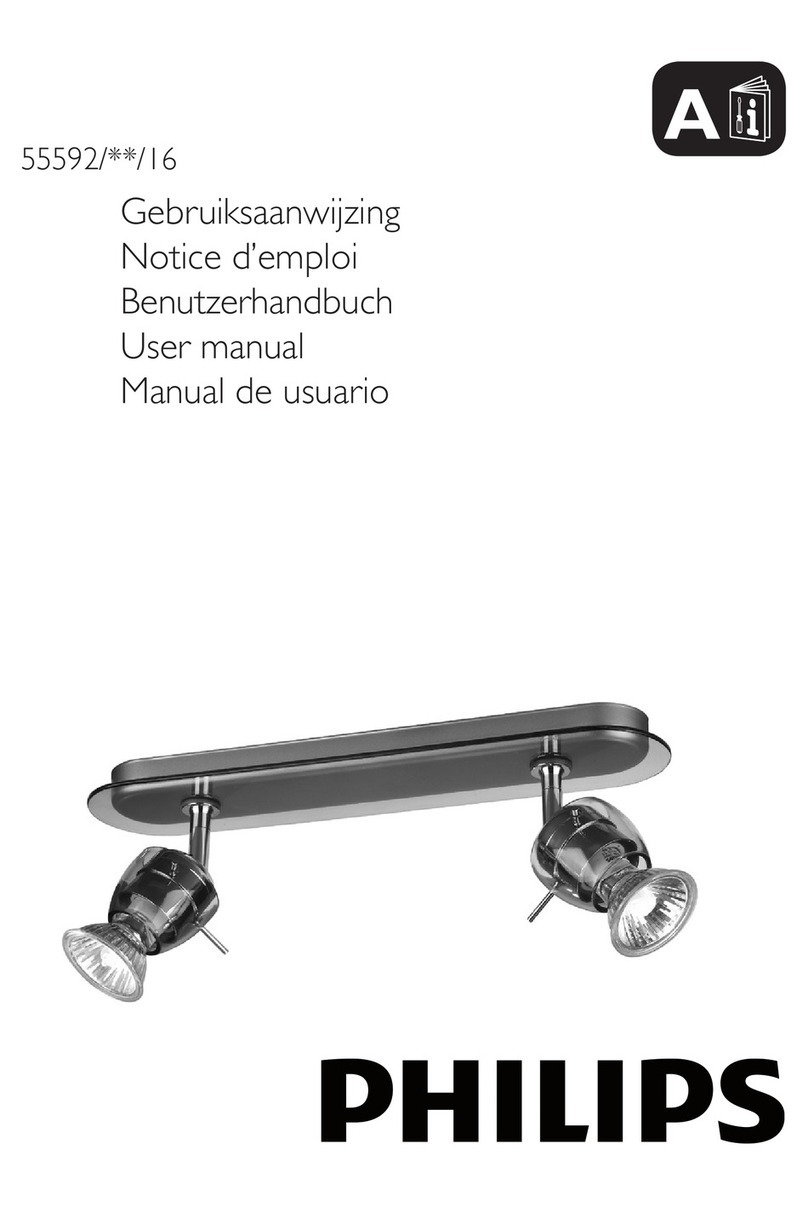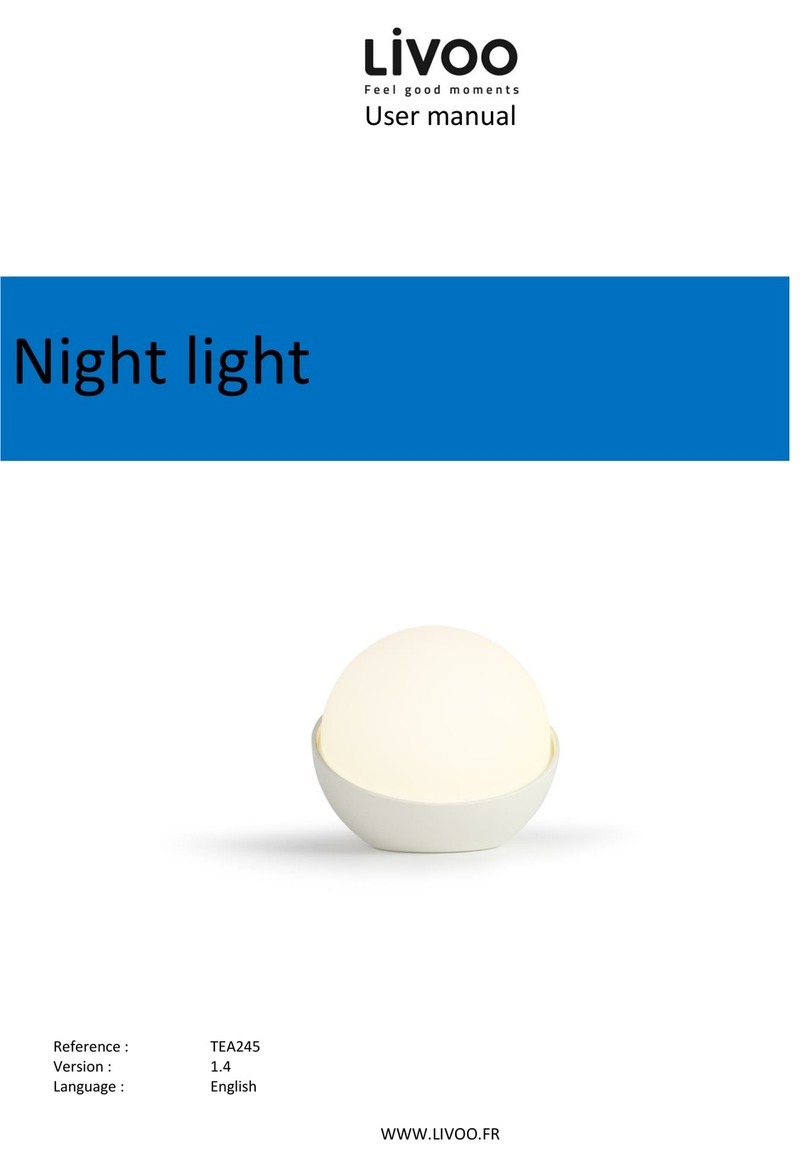1
(j)
z
o
~
U
L.1.
U
UJ
0-
(j)
Z
;:;:
2'
o
z
<t
(j)
UJ
a::
::::>
f-
<t
UJ
L.1.
1.
By
use
of
the mode selector, the instrument serves
as
apossible and universal light source
for OES-fiberscopes, Olympus rigid scopes for
EVIS
100 System (instantaneous single-plate
color chip system), and for
EVIS
200 System (sequencing system).
2.
By
use
of
OES
system,
EVIS
100 system and
EVIS
200 system, the insertion position of the
scope point
can
be
checked by the transillumination function.
3When using
EVIS
100 or
EVIS
200 system, by use of the Foot Switch, the anc'illary equipments
can
be
released.
4.
Combined
with
OES
fiberscope, SC16-10 and rigid scope and SC16-10R, the following
advantages
can
be
offered.
•Photographs under stable exposure
can
be taken
in
short distances.
•Date is visible
in
the viewfinder and imprinted
on
film.
•Remote shutter release using afoot switch frees the endoscopist from finger-tip shutter
operation.
•Indicators
in
the camera's viewfinder predict exposure level before taking photographs and
the exposure level
is
given when taking photographs.
5.
1.5 times the flash output
of
the maximum illumination intensity
of
the light source
is
available.
6.
Flat switches and display panel
can
be easily wiped clean.
7.
An
emergency lamp turns
on
instantly if the Xenon lamp burns out, to provide illumination
bright enough for endoscope withdrawal. Alight
on
the front panel indicates at aglance if
the emergency lamp
is
not installed,
is
installed improperly or
is
burned out, or
is
lighting
instead of the Xenon lamp.
8.
Air feeding pressure
can
be adjusted
in
three levels.
9.
With no scope and even when Xenon lamp illuminates, illumination light automatically dims
to prevent dazzling and the air feeding pump simultaneously stops.
10. Combined
with
function expansion devices (under development), light source
can
be
more
functionated.
